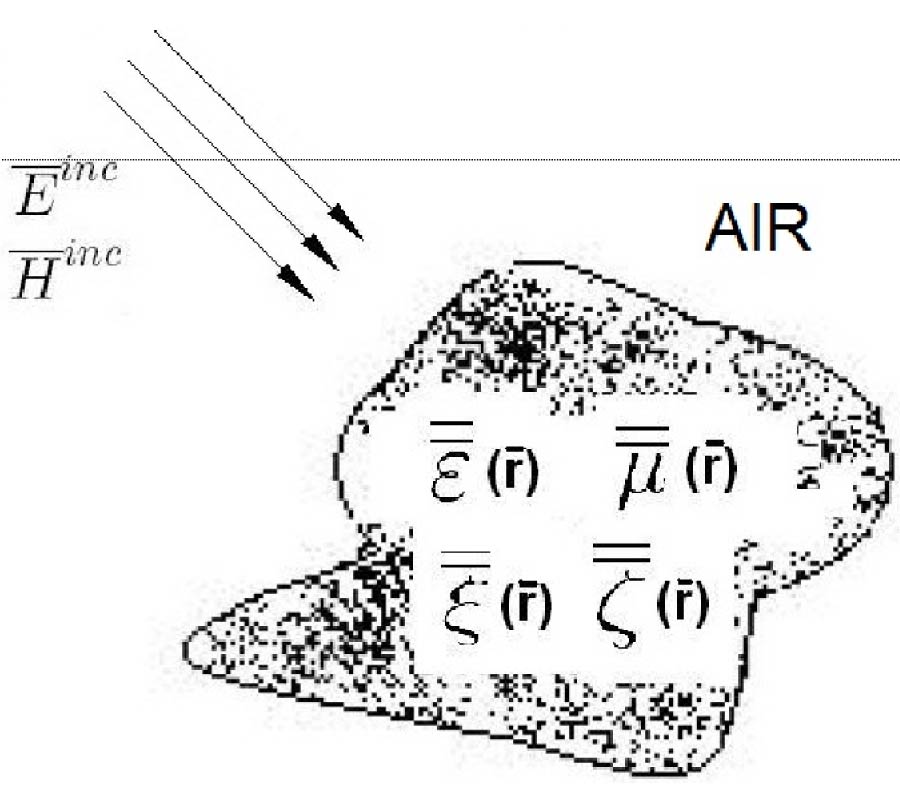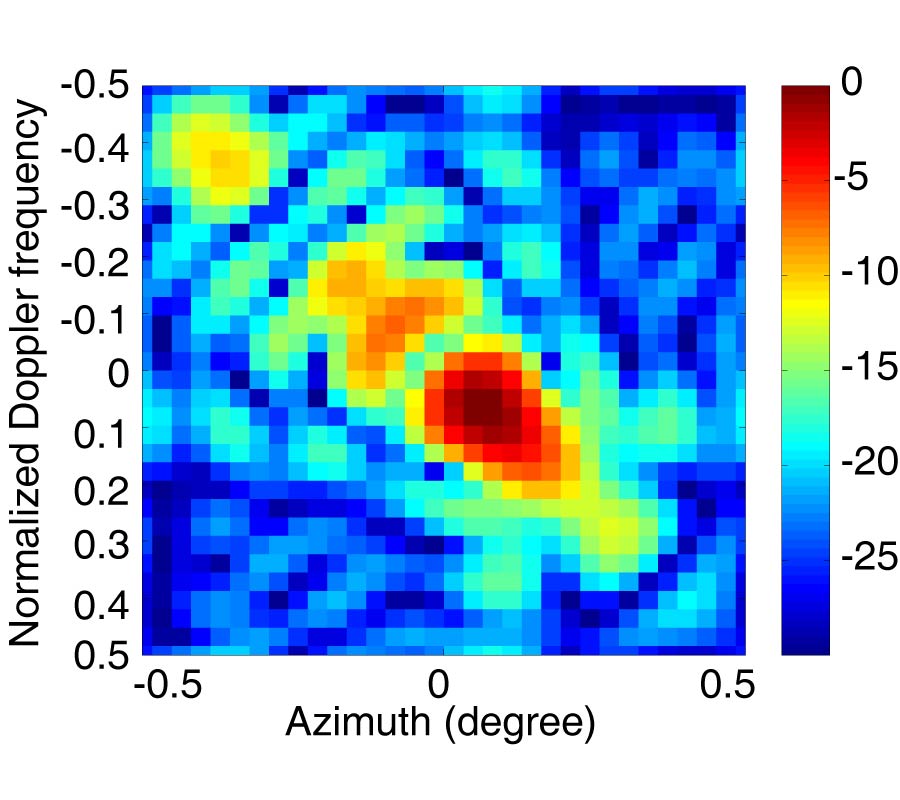Challenges and Opportunities of Electric Machines for Renewable Energy (Invited Paper)
Kwok-Tong Chau,
Wenlong Li and
Christopher H. T. Lee
This paper gives an overview of various electric machines for application to renewable energy harvesting, and reveals the corresponding challenges and research opportunities. After introducing various renewable energies and electric machines, the concept of renewable energy machines is coined. Then, the existing machines, including the DC, induction and synchronous types, for renewable energy harvesting are challenged. Consequently, research opportunities of advanced machines, including the stator-permanent magnet (PM), direct-drive PM and magnetless types, are elaborated. Finally, both near-term and long-term renewable energy machines are identified especially the emerging stator-PM, vernier PM and stator doubly fed doubly salient types.



















